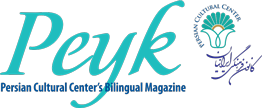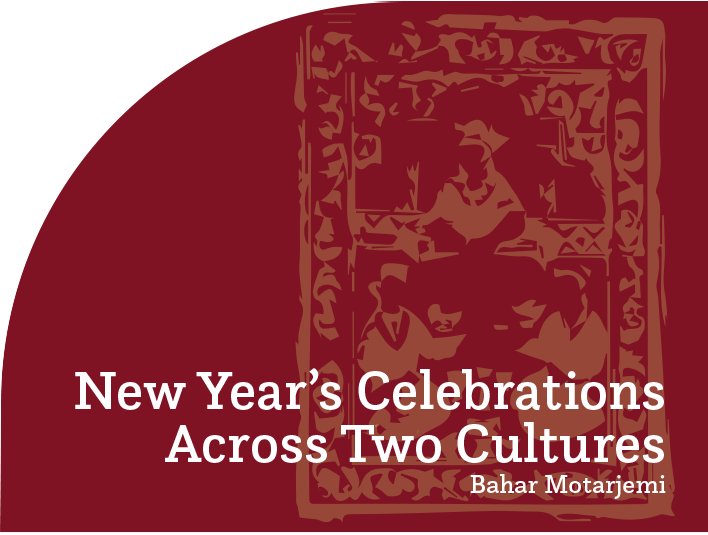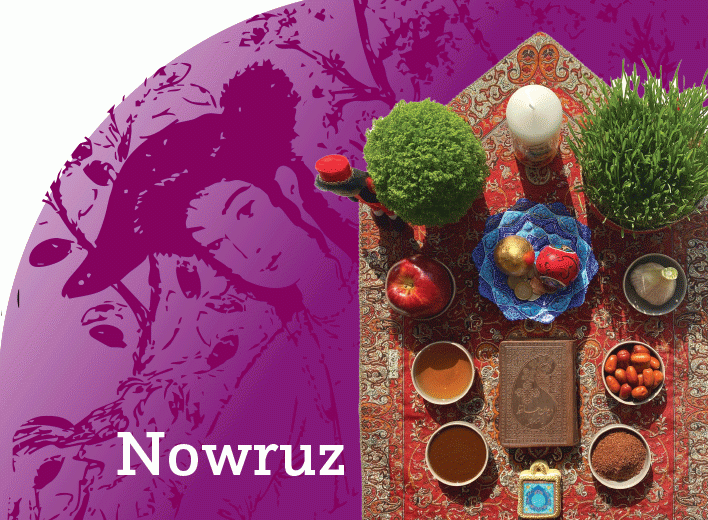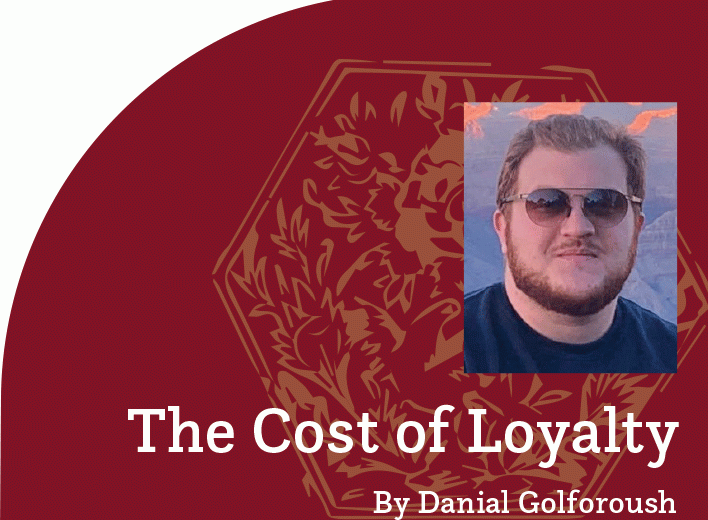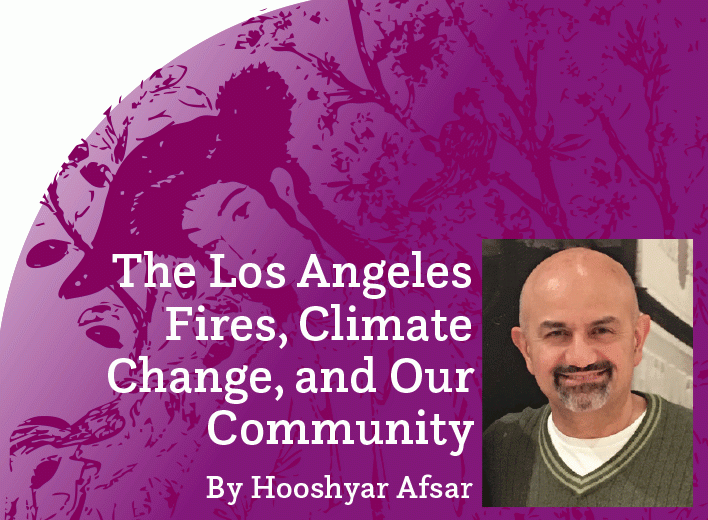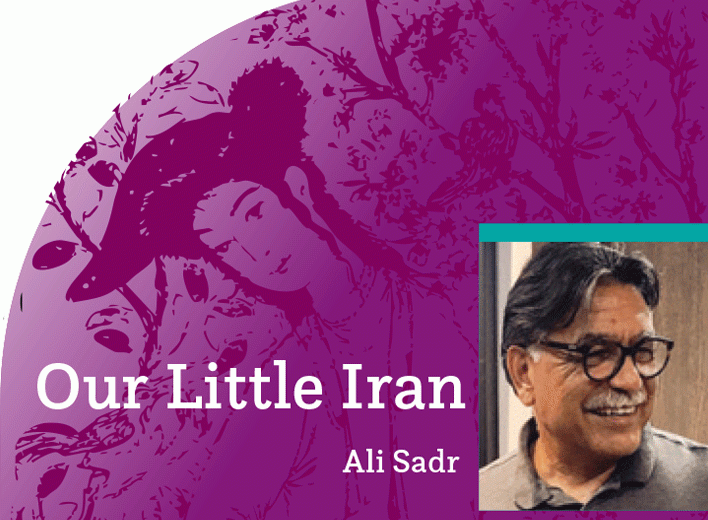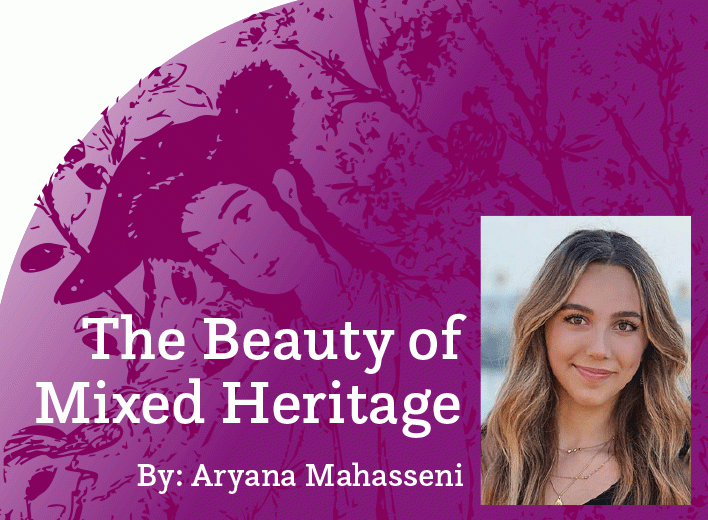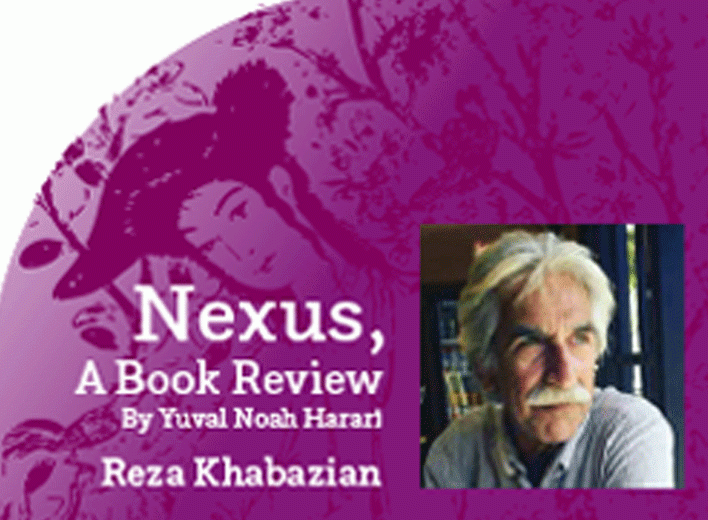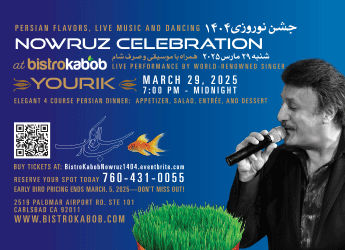New Year’s Celebrations Across Two Cultures
Bahar Motarjemi
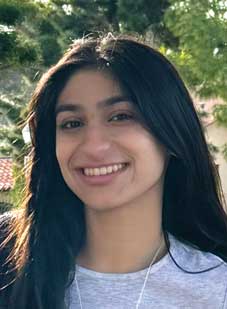 Celebrating two new year’s celebrations in the span of a few months is the norm for many Iranian Americans, with the traditionally Roman celebration of New Year in January and the festivities of Persian New Year, or Nowruz, in March. While both days involve spending time with loved ones, they each have different religious and geographic roots that have transformed into honored traditions passed down through generations.
Celebrating two new year’s celebrations in the span of a few months is the norm for many Iranian Americans, with the traditionally Roman celebration of New Year in January and the festivities of Persian New Year, or Nowruz, in March. While both days involve spending time with loved ones, they each have different religious and geographic roots that have transformed into honored traditions passed down through generations.
The New Year’s celebration on January 1 comes from the Roman calendar, although new year’s celebrations were first created by ancient Babylonians and used in other cultures. Initially, the Roman calendar followed the spring equinox in March, the very same equinox that has been used to mark Nowruz since the beginning of its introduction. For the Roman celebration, however, the 10 months and 304 days involved were inconsistent with the progression of daily sunlight. Julius Caesar found a solution to this problem by swapping the Roman for the Julian calendar and then used the first day of January as New Year’s Day to honor the Roman god Janus. Although further progression in medieval history brought about date changes to New Year’s Day, January 1 was reestablished by Pope Gregory XII in 1582.
 Nowruz, or “New Day,” is said to have originated in Persepolis during the Achaemenid Empire, started by King Jamshid, and its date is based on the start of the spring equinox, as well as the first day of the month Farvardin from the Iranian calendar. As found in Zoroastrianism, Nowruz acknowledges and honors Rapithwin, a personification of summer and noon, who disappears during the winter and reappears on Nowruz. Other Zoroastrianism elements illustrate the good vs. evil, summer vs. winter contrast that highlights Nowruz as a time of celebrating the triumph of good.
Nowruz, or “New Day,” is said to have originated in Persepolis during the Achaemenid Empire, started by King Jamshid, and its date is based on the start of the spring equinox, as well as the first day of the month Farvardin from the Iranian calendar. As found in Zoroastrianism, Nowruz acknowledges and honors Rapithwin, a personification of summer and noon, who disappears during the winter and reappears on Nowruz. Other Zoroastrianism elements illustrate the good vs. evil, summer vs. winter contrast that highlights Nowruz as a time of celebrating the triumph of good.
Romans traditionally held rituals and ceremonies for the god Janus on New Year’s Day, as well as sacrifices to ensure their happiness in the new year. Feasts during the daytime demonstrated the Romans’ hope for a successful and plentiful future, not unlike the aspirations of prosperity found in Nowruz festivities. Even in today’s traditions, New Year’s Eve brings people together to enjoy each other’s company with dinner and conversation. Organizing and cleaning the house, putting traditional foods and items on the haft-seen, and picnics outside are just some of the ways that Persians ring in the new year and prepare for the springtime.
Notably, in both celebrations, emphasis is placed on quality time spent with people important to one’s life, as they will be the people we rely on and support in the upcoming year.
References:
https://www.britannica.com/topic/New-Year-festival
https://www.history.com/topics/holidays/nowruz-persian-new-year
https://www.britannica.com/topic/Nowruz
Bahar Motarjemi is a sophomore at Canyon Crest Academy in San Diego. She is passionate about writing and looks forward to continuing her journey.
